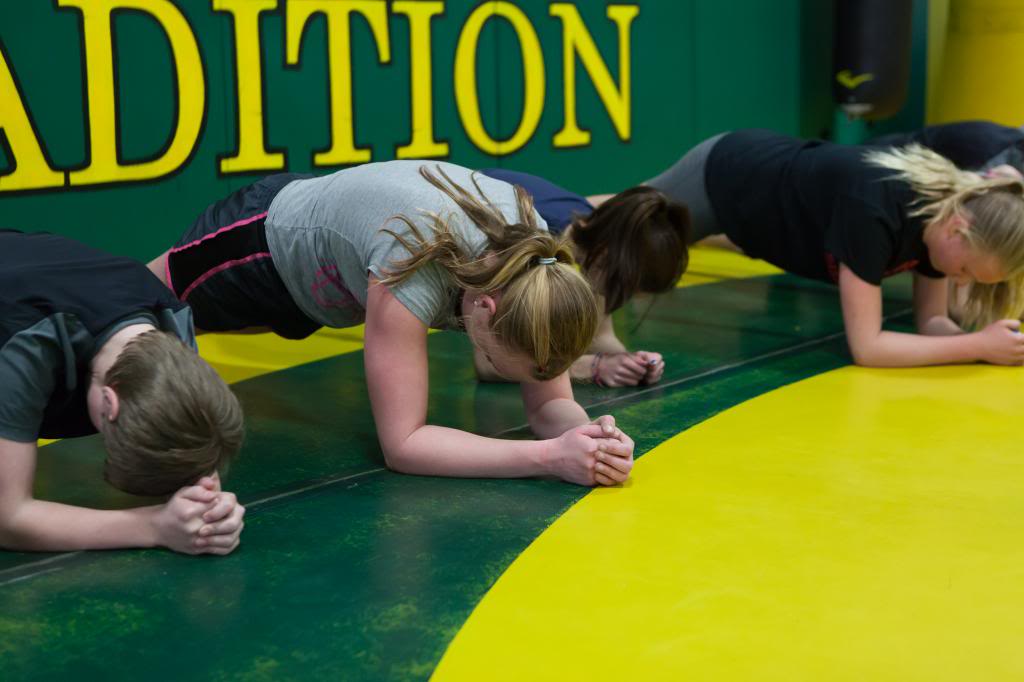I avoid using the term ‘core’ as much as possible.
If you were a fitness professional in the early 2000s, you heard all about how the ‘core’ was a) the key to everything from ballet to bulletproofing and b) you needed to buy X gadget or take Z course on ‘core stability.’ I remember contemplating a BOSU ball with Watson and joking about how much time we had to log to get our pilot’s license (I’ve accumulated about two minutes since 2003. Last I heard, he was at around five.) We still hear from sport coaches that their team needs to work their ‘core’ more; I hope that, five years from now, they’re talking about squats.
In CrossFit, we talk about ‘midline stability’ – the ability to hold your ‘core’ in the correct position while your limbs , pelvis and trunk move. That correct position changes rapidly, but rigidity must be balanced with flexibility at the correct ratio throughout the whole movement.
You can read more on the subject, including the use of belts, here. The original article from CrossFit Journal on ‘core-to-extremity’ movements is here.
The ‘core-to-extremity’ principle holds that the best exercises rely on muscle contraction close to the midline. Deadlifts start from the hips; so do snatches. The movements radiate outward from the largest, most powerful, and (hopefully) most stable muscle groups. Force is generated from the midline, and travels out like a whipcrack.
With that in mind, it makes sense to create the strongest support system possible. You need both the maximal bracing potential and the capacity to hold that bracing through the full range of motion required for the lift. How often do you see a maximal deadlift that looks good at the floor, but then pulls the lifter forward as the bar passes the knees, rounding their back? Their traps could be weak, or their lats…whatever the case, their spine is no longer being supported to match the demands of the load. Connective tissue will take the overload…until it can’t.
If you want to be a better athlete, you need a stable base. This week, you’ll accumulate an hour of planking. Transverse abdominis is the target here, not rectus abdominis (the ‘six-pack’ muscle.)
Break up the 60 minutes any way you like. Record your score on the ‘comments’ section of this blog post, on our facebook page, or on the PR board at the Park. 60 x 1 minute holds will be useful if that’s your limit!
Skip to content
Fill out the form below to get started
Take the first step towards getting the results that you want!

